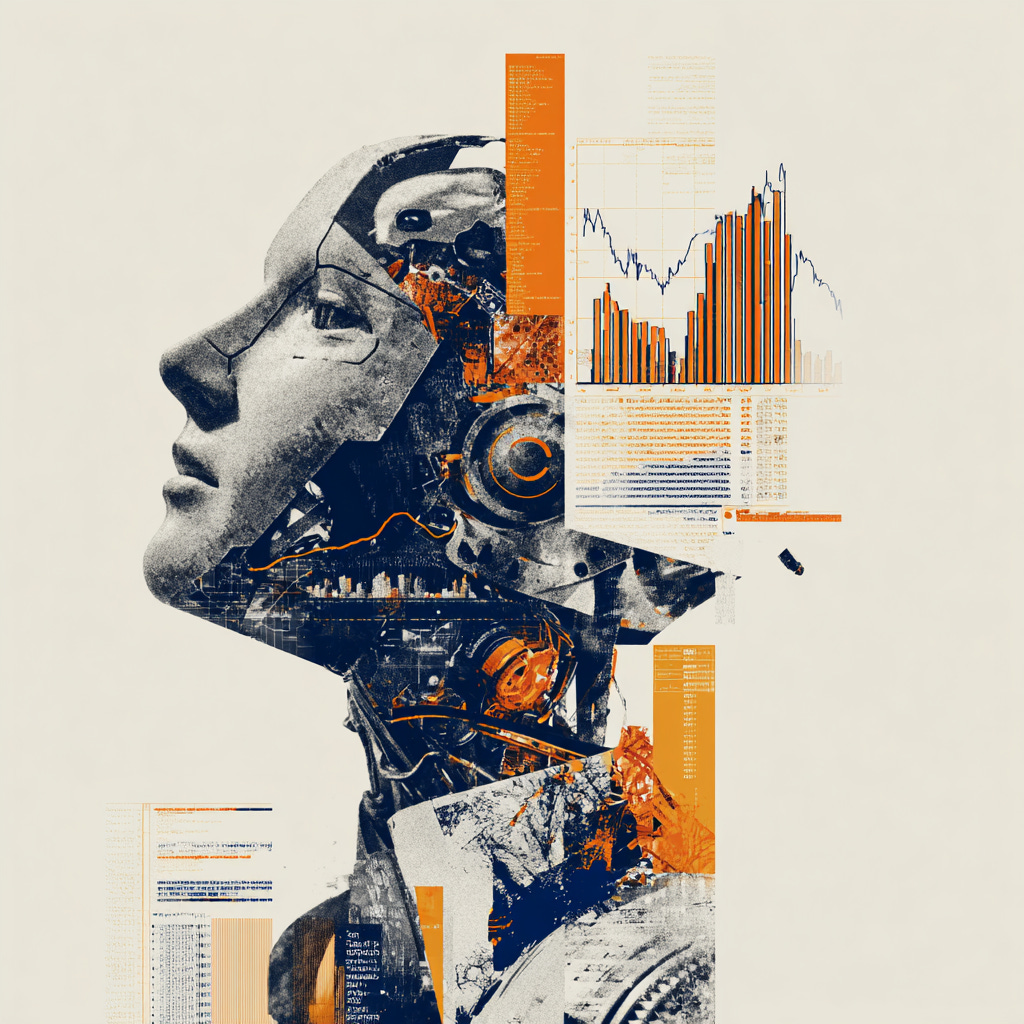Macro Fragility, AI Frontiers & the Robo-Industrial Revolution
What Top Market Voices Are Saying—Where They Agree, Where They Don’t
Keep reading with a 7-day free trial
Subscribe to MacroMashup to keep reading this post and get 7 days of free access to the full post archives.


